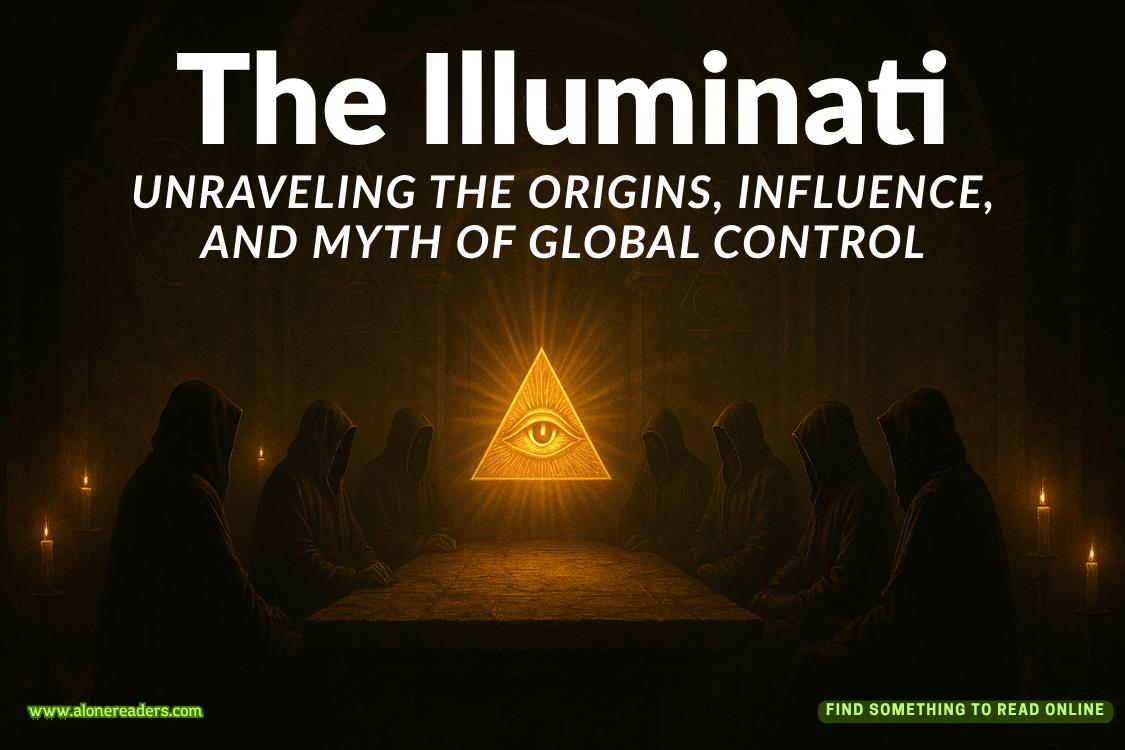Page 61 of Forever Christmas
The door opens. “Hello, family,” Shelly says and shakes everyone’s hands. “You ready to take a peek at the baby?”
Dad rubs his hands together. “I know I am!”
Shelly shakes the bottle of gel and squirts it on me. The warm goo piles on my skin. She brings up my info as before and slides the paddle through the gel.
“He’s definitely bigger,” she says. She locks in on thehead and the numbers pop up. Thirty weeks, one day.
The femur gives us thirty-one weeks, four days.
“He might end up being tall,” she says, glancing at Gavin. “Like Dad.”
My father chortles. “You should have played basketball, Gavin,” he says.
My mom squeezes his leg. I focus back on the screen.
Next the belly. Thirty weeks, four days.
“This is all in range,” Shelly says. “Let’s take a lookat the heart.”
She focuses in as she studies the screen. I can see the pulse of his heartbeat.
The image zooms, and the four chambers of the heart appear.
I have studied sonogram after sonogram on the Internet. I’ve seen bad valves, holes in hearts, underdeveloped atriums. But when looking at a real live feed, I can’t tell anything.
She zooms, prints a picture, shifts, prints another. Thiscan’t be good. You don’t document a healthy heart. My heart rate skyrockets.
I hate that she always studies before she’ll say anything.Just tell us what you see!
Finally, she pulls back. “Let’s take some fun shots,” she says. She finds a profile that perfectly delineates the baby’s nose. More printouts churn from below the machine.
She types “Hi, Grandma and Grandpa” on one and prints it too.Mom claps her hands, delighted. They are all smiles.
But I saw how she documented his heart. I’m bracing myself for what’s next.
Shelly tears off the cute shots, handing one to my parents and a couple to Gavin. She leaves the machine on as she takes the paper away from my pants and wipes off my belly.
“The diagnosis has to wait on your doctor’s review of the scans,” she says, “but they willbe forwarded to a perinatologist and a pediatric cardiologist.”
Tears stream out again. So, it’s bad news.
She walks over to a trash can, presses the foot pedal to lift the lid, and tosses the gooey paper in the garbage. She turns to Gavin. “You can help her up so she can see.”
I struggle to sitting and we all stare at the blips on the screen. She scrolls back to the stills of the baby’s four-chamberedheart.
“Right here is what is called the foramen ovale,” she says. “It’s a flap that is open while your baby is in utero and his lungs don’t function yet. With his first breath in the real world, pressure in the heart causes the flap to close and oxygen from the lungs goes into the bloodstream. At that very important moment, we have a human who can live outside of amniotic fluid.”
She movesthe pointer to circle a blip of white dots that mean nothing to me, although I can see the heart chambers. “Your baby’s foramen is present, but it is undersized. This means that when the flap closes at birth, it will not completely seal. This may be a big deal, or it may not. We won’t really know until he’s out and breathing and we can test his oxygen levels and hear that heart.”
My eyes swimwith black spots, and I feel like I will pass out. Gavin puts his hand on my back to steady me.
I can’t speak. I feel like I’m the one not getting enough oxygen. I suck in a big breath.
“Lie her back,” Shelly says quickly. She opens the door to the exam room. “Can I get a nurse?”
The world feels like a funhouse mirror, going in and out of focus, long and skinny, big and fat, images shimmering.
A large woman pushes Gavin aside and fits a mask over my nose and mouth. The air is sharp and smells like a hospital. Oxygen. I remember it from when I had pneumonia.















